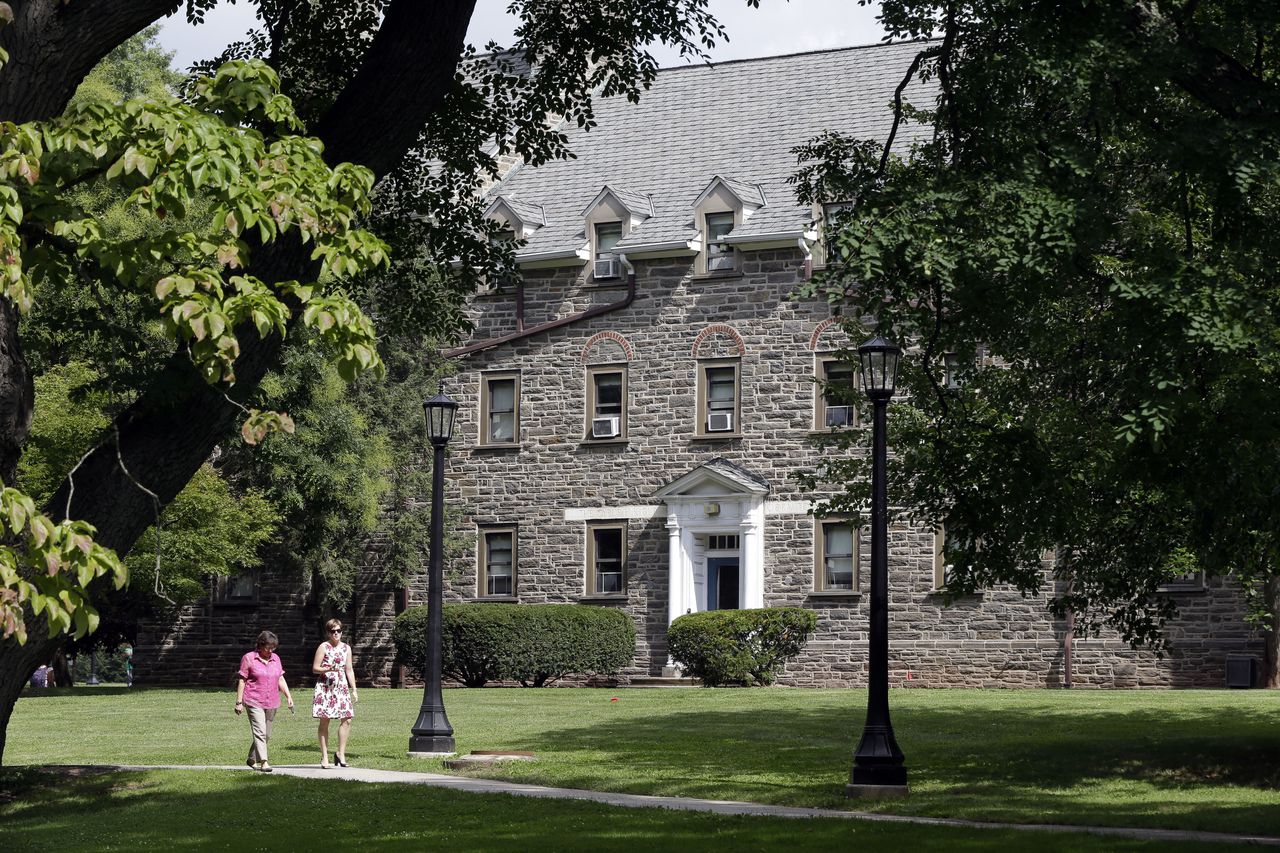Which colleges did US News ranking reward for social mobility, graduate outcomes?
The popular annual listicle U.S. News & World Report is out with the list of 2024 Best Colleges, and many schools around the country got a shakeup in their ranking.
Love it or hate it, many students and parents check the rankings each year as they consider college options. This year, U.S. News, responding to a frequent criticism that the rankings simply reflect prestige, not quality, changed its methodology to emphasize outcomes for graduating college students.
Many state schools and smaller regional universities saw large shifts in their rankings, such as Florida Atlantic University, which jumped 53 spots to a tie for 209th, the University of Texas at San Antonio, from unranked to 280, and the University of Nevada at Reno, from 263 to 195.
Tuskegee University was ranked among top performers in social mobility, and was highly-ranked among regional and national schools.
California State and University of California schools also did well on the metric, as did the University of Texas Rio Grande Valley, the University of Illinios at Chicago, the University of South Florida and Floria A&M.
Auburn, the highest ranked university in Alabama, jumped to 93rd among national universities, tied with Baylor, Gonzaga, University of Iowa and Loyola Marymount. Last year, the school was ranked 97th overall.
In Alabama, the University of Alabama dropped 33 places to 170th; and Samford University dropped 58 places to 185th.
Ideally, experts say, the new graduation, earnings and debt measures tended to help public colleges that graduate students with in-demand degrees.
Still, traditionally elite schools remained at the top of the pack. Princeton remained the nation’s top-ranked university, followed by M.I.T., with Harvard and Stanford tied for third. Spelman College again led among historically Black institutions.
US News and World Report used 19 indicators to determine their National Universities ranking, with measures such as peer assessment, graduation rates and financial resources weighing most heavily. The National Universities methodology also introduced new ranking factors on first generation student graduation rates and faculty research.
Five ranking factors that were in the previous edition’s formula – alumni giving, class size, high school class standing, the proportion of instructional faculty with terminal degrees, and the proportion of graduates who borrowed federal loans – were removed as measures to place greater focus on outcomes and to rely on data universally reported by schools.
Those measures were frequently gamed by colleges — some have even admitted to submitting false information — and were a frequent irritant to small regional colleges. Stillman College in Tuscaloosa withdrew from the rankings last year in protest.
Separate rankings also were included for best national liberal arts colleges, best regional universities and best regional colleges.
For a full list of rankings, visit US News and World Reports full listing here.
